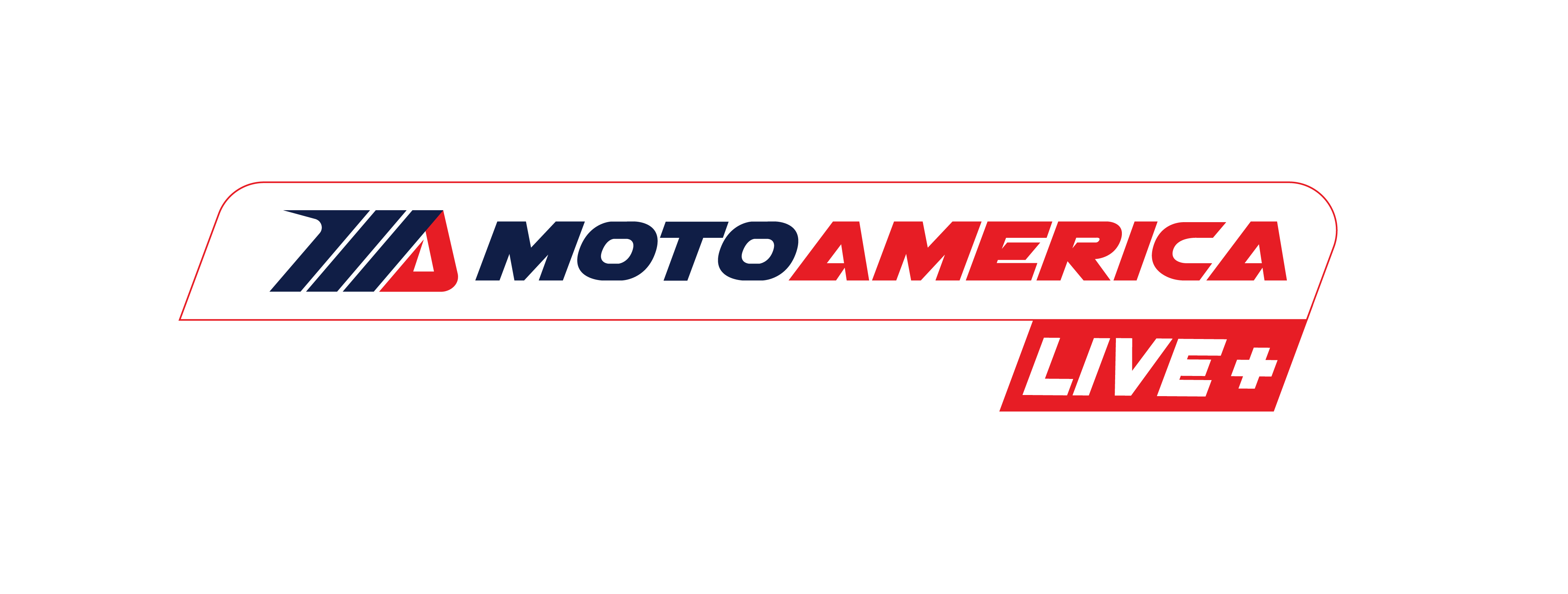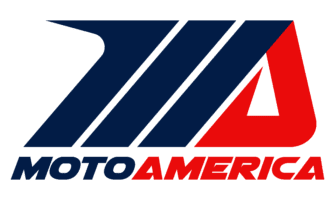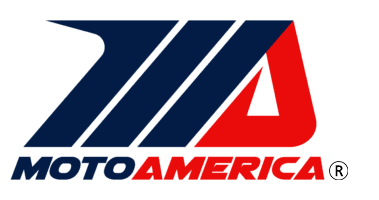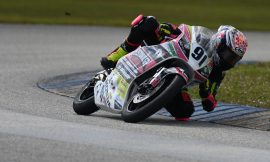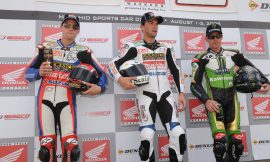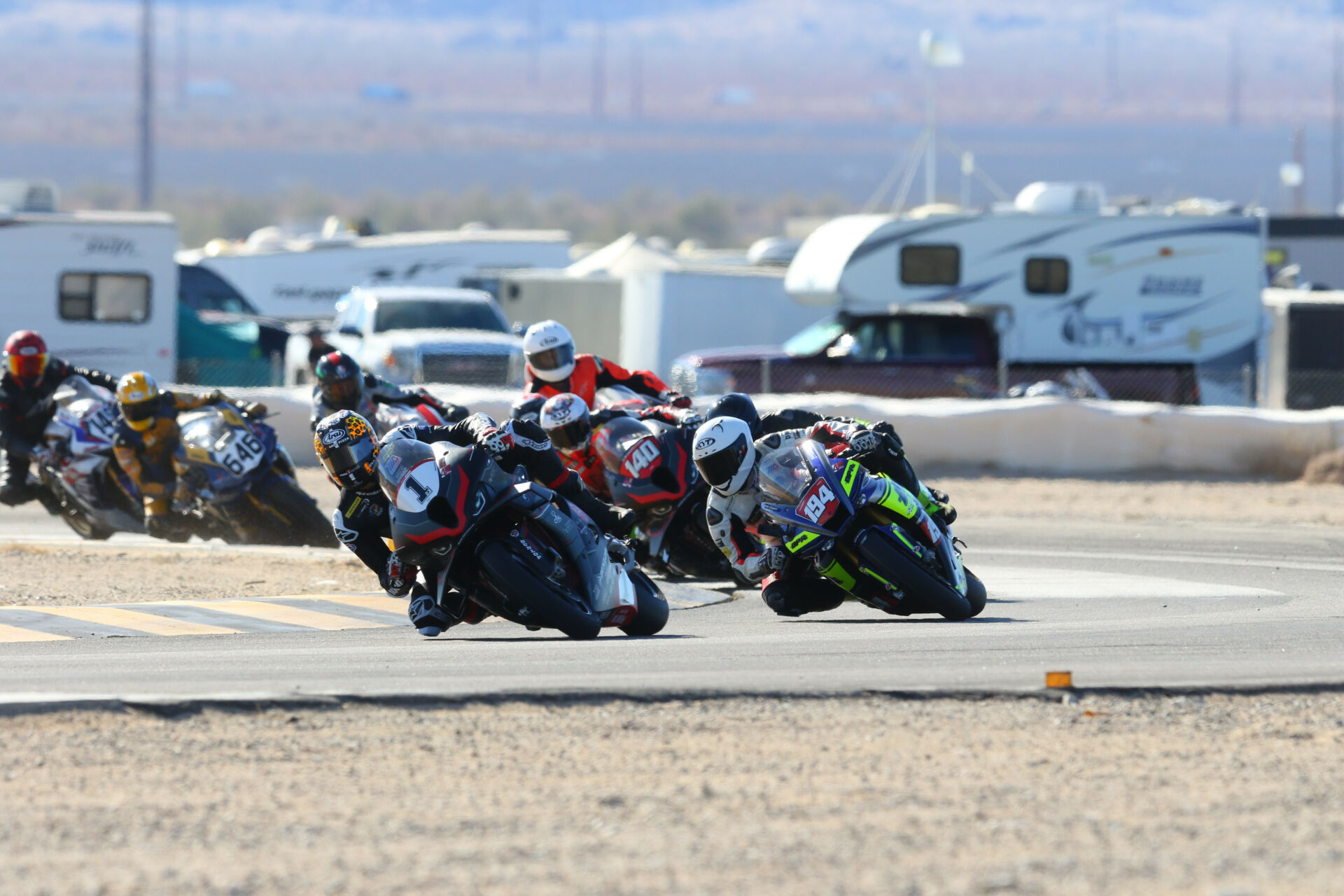
An NFL field is 120 yards long by 53.3 yards wide, and the end zones are 10 yards long.
An NBA court is 94 feet long by 50 feet wide, the baskets are 10 feet above the floor. the free throw line is 15 feet from the front of the backboard, and the key or free throw lane is 16 feet wide.
An NHL rink is 200 feet long by 85 feet wide, the four corners of the rink each have a radius of 28 feet, the two goals are 178 feet apart with 11 feet between each goal and the end boards, and the blue lines are 50 feet apart and 75 feet from the end boards.
A Major League Baseball field is 90 feet long between each base, the total base path distance is 360 feet, and the distance from the pitcher’s mound to home plate is 60 feet, 6 inches.
For professional athletes competing in any of the four major “stick-and-ball” sports, the environments in which they play are very consistent whether they are “home” or “away.”
Also, whether it’s scrimmages, shoot-arounds, drills, or batting practice, when professional athletes aren’t playing in actual games, they’re practicing. Usually on the same regulation-size fields, courts, and rinks where they play their games. And, with very few exceptions, if a player doesn’t participate in the practice sessions leading up to games, they generally don’t play in those games.
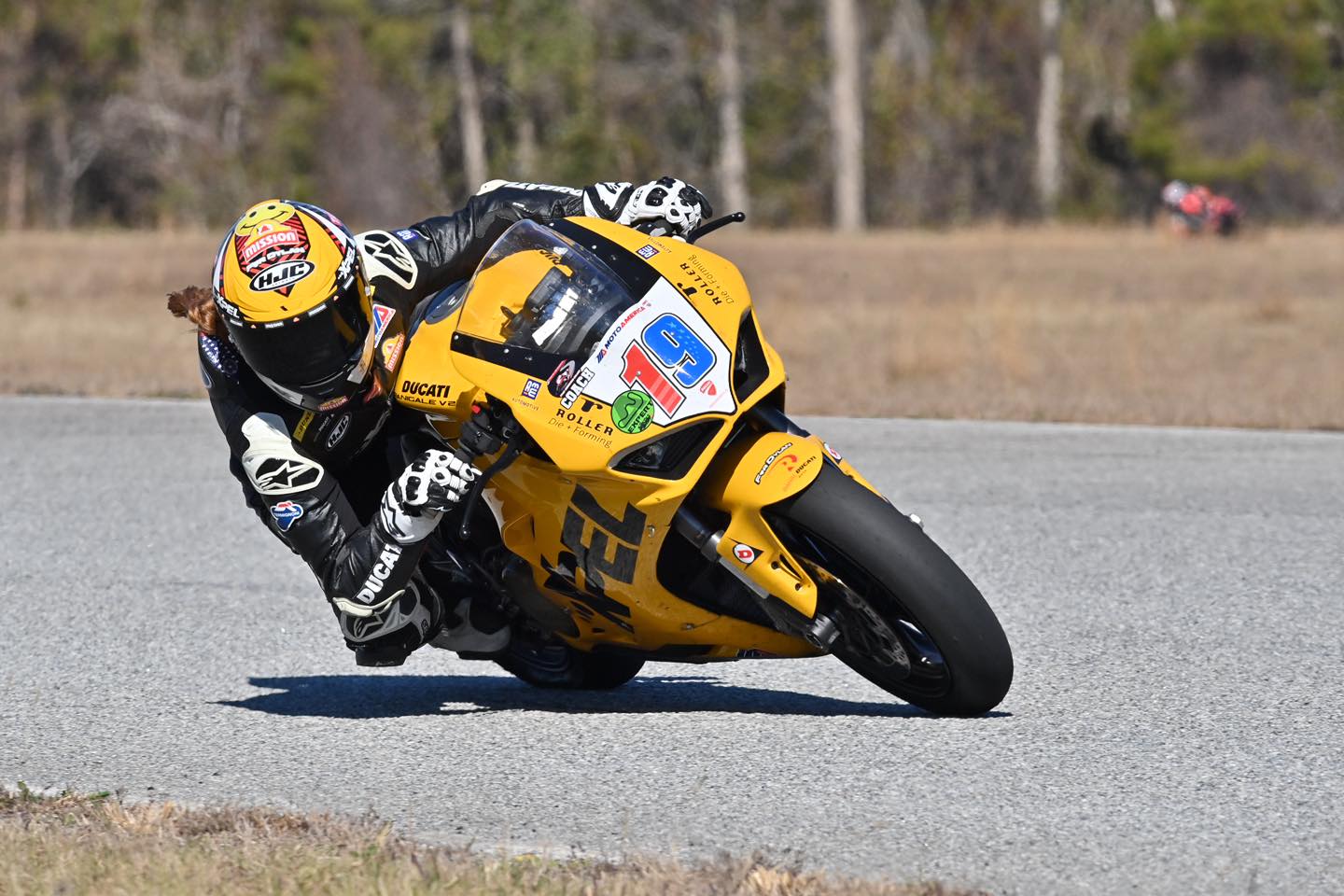
Which brings us to professional motorcycle road racers like those who compete in the MotoAmerica series.
Their “fields of play” are racetracks, and each one is unique. The numbers of turns, the amount of negative or positive camber in the turns, the location and number of apexes in the turns, the variations in elevation, the lengths of the straightaways, and the condition of the racing surface are all different from one racetrack to the next.
In addition, the riders don’t practice on those tracks much, if at all. In fact, motorcycle road racers don’t really practice their specific profession. That’s because most motorcycle road racers don’t have access to the racetracks where they compete either because the tracks are inaccessible, they’re too costly to rent, or they’re not conveniently located.
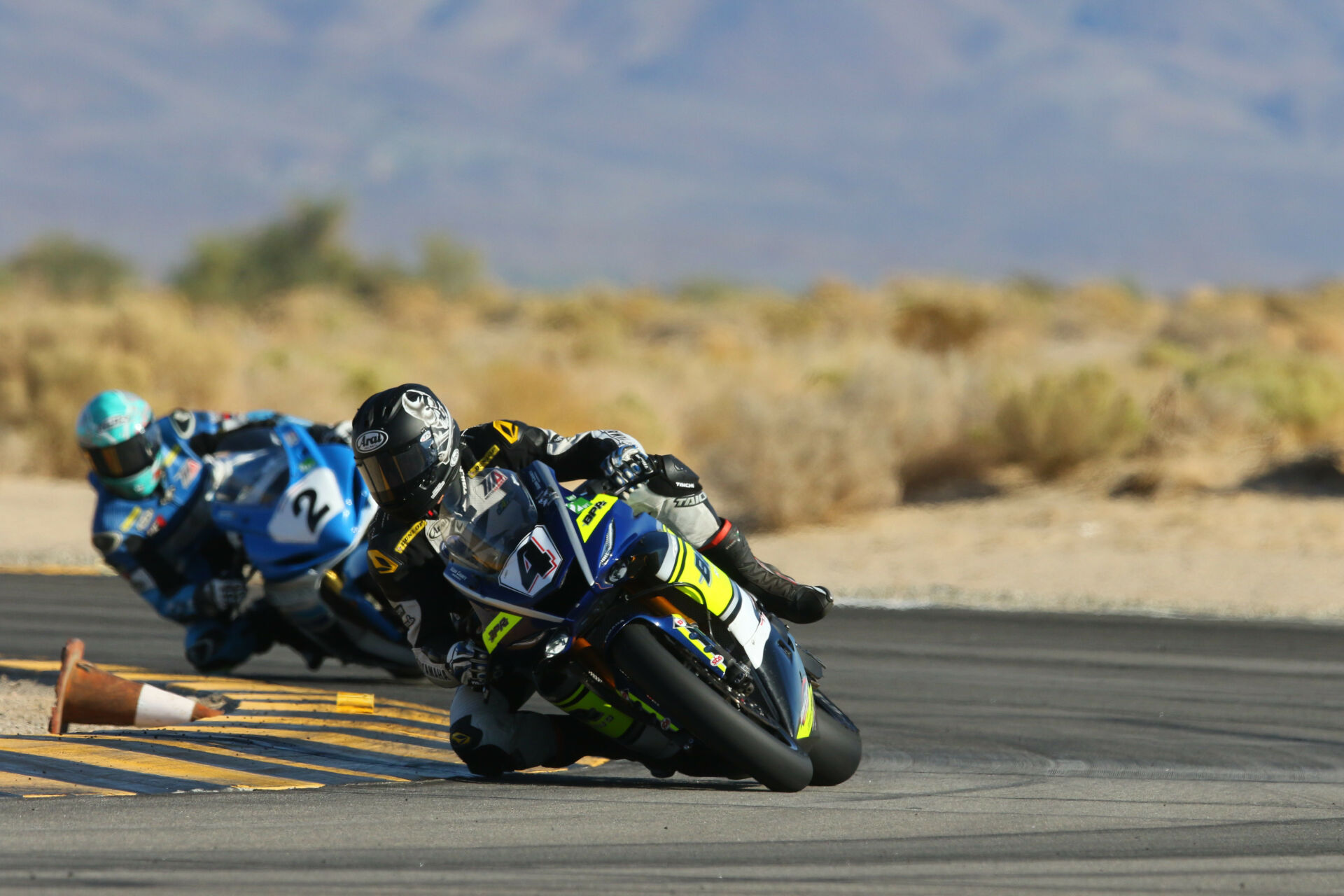
Occasionally, they might participate in track days, but even if it’s at a track that’s on the MotoAmerica schedule, they usually have to share the track with other riders, most of whom don’t have the pace that they do. Imagine if you were an NHL player and you had to share the ice with the general public. It would be a little hard to work on your 100-mile-an-hour slapshot during a community free skate, don’t you think?
Some MotoAmerica road racers do get valuable track time at places like Chuckwalla Valley Raceway in California or Jennings GP in Florida. But those occasions are few and far between for most riders, and neither Chuckwalla nor Jennings are on the MotoAmerica schedule. So, unlike the stick-and-ball athletes who practice on their own home fields, courts, or ice rinks that are the same size as all the other fields, courts, and ice rinks on which they compete, even MotoAmerica riders who get track time do not get track time on the tracks that are on the season schedule, not to mention the fact that they’re not even able to ride the same motorcycles on which they race during the MotoAmerica season.
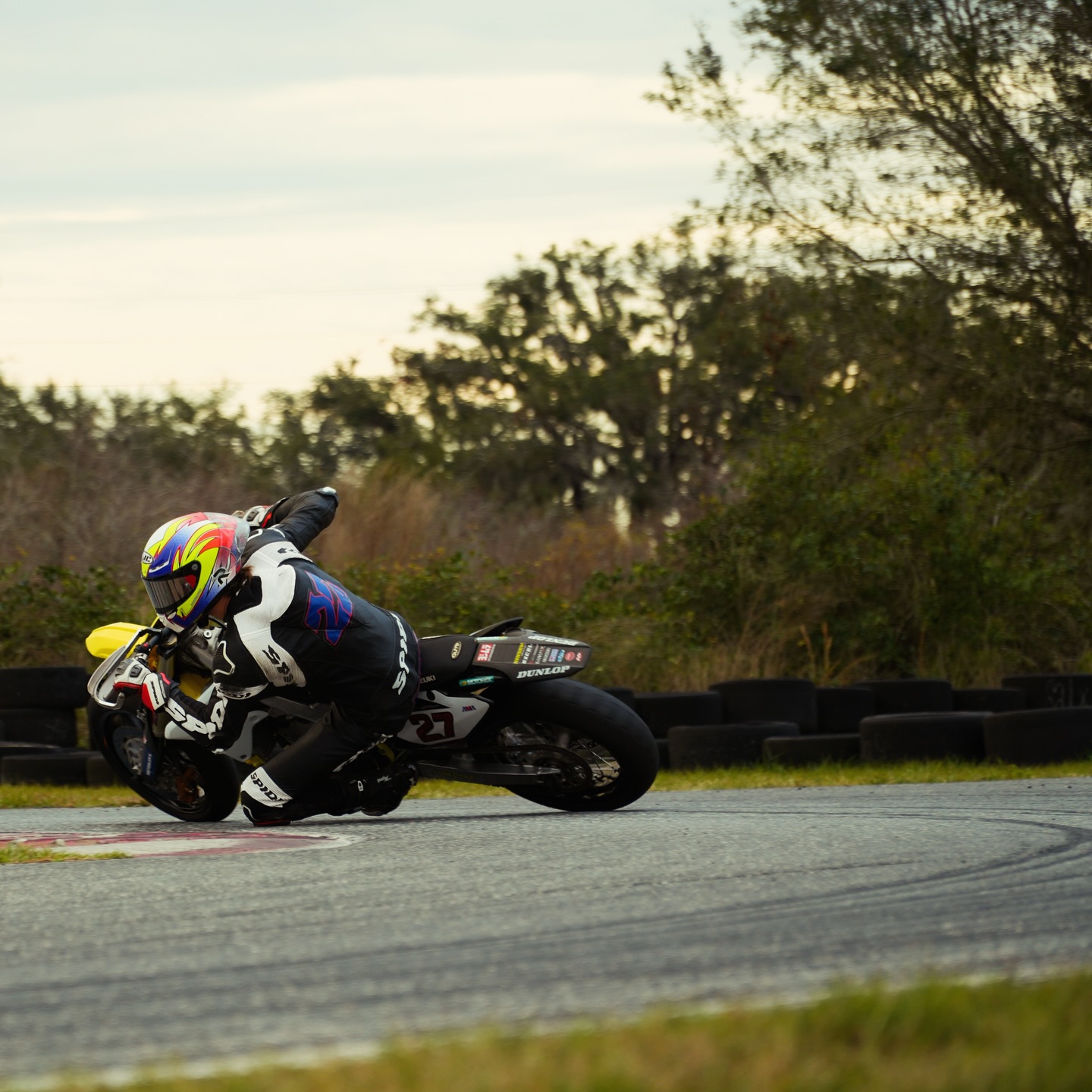
For most MotoAmerica racers, their training methods are only loosely related to road racing. Riding dirtbikes on motocross tracks and “turn” tracks, Supermoto bikes on paved kart tracks, and cycling on public roads are about the closest they get to actually practicing their profession. And, let’s face it, most of those training methods are a far cry from riding a road racing motorcycle at speed.
You know the old saying that practice makes perfect? Well, sure it does. But, with the exception of the FP1 and FP2 sessions that MotoAmerica riders get on the first day of each of our race weekends, our athletes perform at the pinnacle of the sport without much practice at all.
MotoAmerica riders are just that good.


